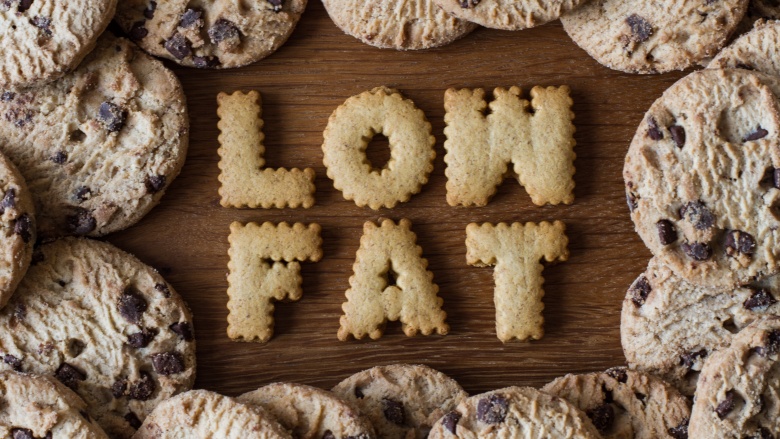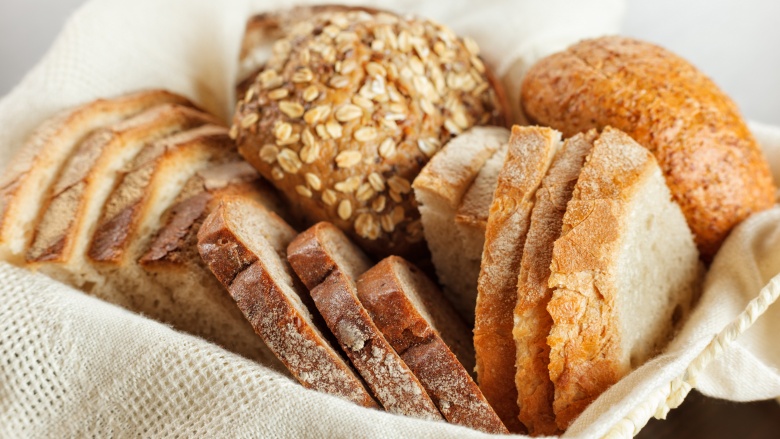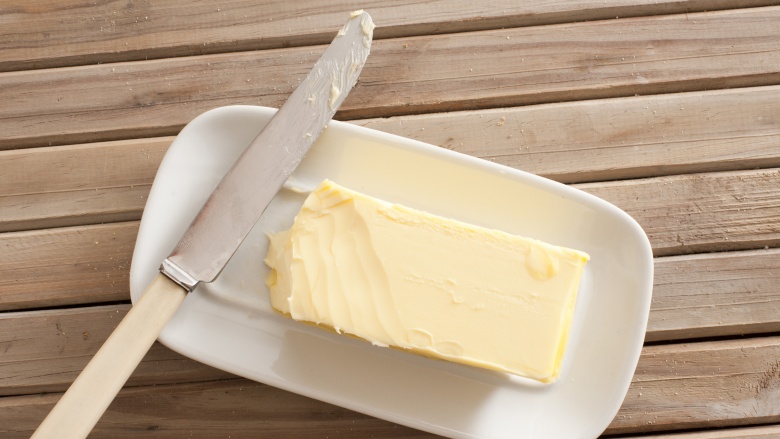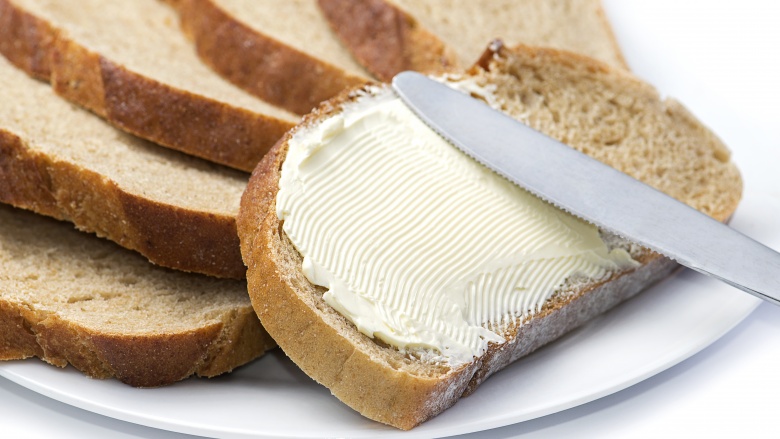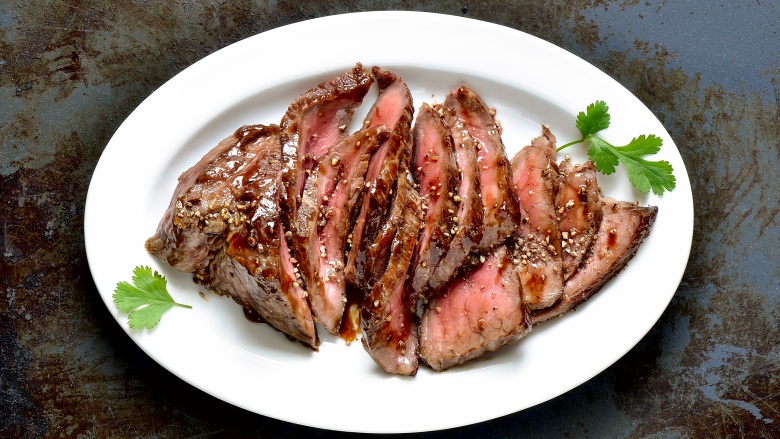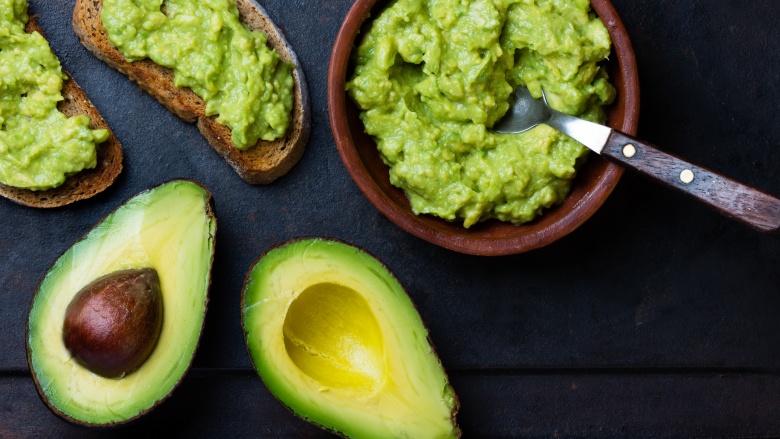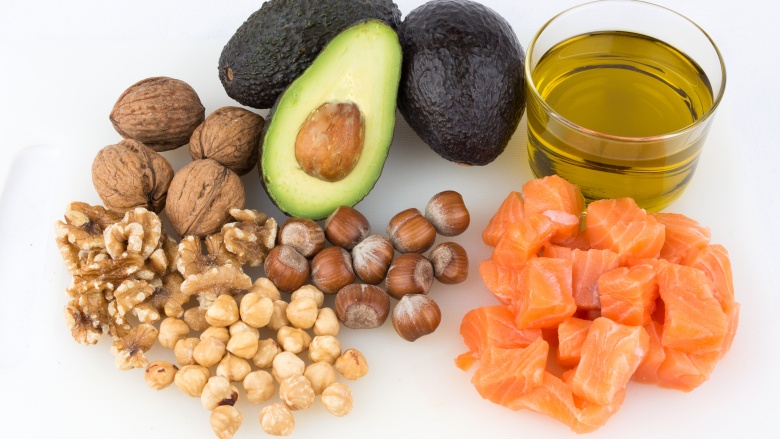The Truth About Low-Fat Diets
It seems the recommendations for how to be healthy are constantly changing. The medical community discovers something new. The government creates a new food pyramid. With all the changes, it can be easy to get swept up in the trends and fads promising a quick fix.
If you have been wanting to lose weight, it makes sense to cut down on the fat you're eating, right? Walking down the aisle at any grocery store, it's easy to find boxes of crackers or cookies with labels that say low-fat or fat-free. It turns out that it's a lot more complicated than just cutting back on fat. We have to always keep in mind the type of fat we're cutting out, and perhaps more importantly, what we're replacing it with.
What is a low-fat diet?
A low-fat diet simply means limiting the amount of fats and oils in your regular diet. People on a low-fat diet would avoid foods with high fat contents like butter or fatty pieces of meat. Rather, they'd choose lower fat alternatives, such as chicken breast over a steak. A low-fat diet includes lots of fruits and veggies, as well as low or nonfat dairy like skim milk or nonfat yogurt.
Low-fat craze
In the 1980s and '90s, low-fat diets became increasingly popular. This is the time when we saw a huge rise in low-fat and fat-free products hitting the grocery shelves. We assumed that eating fat made our bodies fat, so we decided it was best to cut it out. Gary Taubes, author of Why We Get Fat, told NPR that during this time we were told to restrict all fat in our diets. "And we did it by merely replacing milk and cheese and fatty meat with carbohydrates, with pasta and potatoes and rice," explained Taubes. "Right around this time [when people started eating more refined grains and sugar] is when Americans started getting fatter and fatter, and more diabetic."
We got it wrong
The problem with a low-fat diet isn't the fat content at all. Rather, the problem lies in how we replace that fat in our diets. Mary Flynn, a professor of medicine at Brown University, told NPR that consumers and marketers jumped on this low-fat bandwagon without seeing the whole picture. "There were definitely unintended consequences of the original guidelines," she explained. "There have been a number of studies done, and there's been no benefit for low-fat diets to lead to better weight loss, and there's no benefit for low-fat diets to lead to less disease."
Marion Nestle, author of Food Politics: How the Food Industry Influences Nutrition and Health, told PBS that one of the best examples of our misunderstanding was the rise of Snackwell cookies. "Snackwell cookies were advertised as no-fat cookies, but they had almost the same number of calories," she said. "And in fact if you go to the store today and look at Oreo cookies, they have a reduced-fat Oreo cookie that has, I think, six calories less than the regular Oreo cookie. It's lower in fat but it's higher in carbohydrates."
We replaced fat with carbs
When going on a low-fat diet, it's best to eat a variety of foods with plenty of fruits, vegetables, and healthy proteins. If we simply swap fats for white bread and pasta, we really haven't made any positive changes, and this is where the danger lies. When the low-fat diet became popular, many assumed that eating anything low in fat meant it was healthy. Dr. David Heber, founding director of the UCLA Center for Human Nutrition, told the LA Times: "The problem wasn't low fat; the problem was that when we lowered fat content, we increased carbohydrates and sugar." Dr. Walter Willett, author of Eat, Drink, and Be Healthy, talked to PBS about about his similar concerns. "One of the most unfortunate unintended consequences of the fat-free crusade was the idea that if it wasn't fat, it wouldn't make you fat," explained Dr. Willett. "I even had colleagues who were telling the public that you can't get fat eating carbohydrates."
Unfortunately, simply cutting back on fat won't make us healthier. According to the 2015-2016 Dietary Guidelines for Americans, "Replacing total fat or saturated fats with carbohydrates is not associated with reduced risk of CVD [cardiovascular disease]."
"When talking about diets, we always have to think about what the trade-off is," Dr. Frank Hu, professor of nutrition and epidemiology at Harvard School of Public Health, told the LA Times. "If you cut back on saturated fat, you're going to replace it with either unsaturated fat or carbohydrates. The type of replacement can have a major impact on health outcomes."
So fat is okay?
In the special report titled Dietary Facts: The Basics, authors of the 2015-2016 Dietary Guidelines for Americans explained that everyone needs some fats in their diets. "They supply calories and help with the absorption of the fat-soluble vitamins A, D, E, and K," stated the report. "Some also are good sources of two essential fatty acids — linoleic acid and α-linolenic acid."
When it comes to fat, the type matters. We now know that trans fats and saturated fats should be limited, while monounsaturated and polyunsaturated fats are essential for good health. Not sure how to tell the different types of fat apart? Just remember what they look like at room temperature. Saturated fats like those in a big, juicy steak are solid at room temperature. The healthier monounsaturated and polyunsaturated fats, like olive oil, are liquid at room temperature. The most dangerous type of fat, trans fats, may actually melt at room temperature, but are still considered "solid fats." A good example of this is margarine.
Trans fats
Experts agree that trans fats appear to be the most dangerous of all the fat types. This is probably due to the fact that they're so closely connected to heart disease. The 2015-2016 Dietary Guidelines for Americans recommends limiting our intake of trans fats as much as possible. They cause an increased risk of heart disease, heart attacks, and LDL. LDL is known as the "bad" type of cholesterol because it is linked to a higher risk of heart disease.
Research from the Harvard School of Public Health has concluded just how dangerous trans fats can be. According to a Harvard study, "for every 2% of calories from trans fat consumed daily, the risk of heart disease rises by 23%."
Saturated fats
According to the Office of Disease Prevention and Health Promotion's 2015-2016 Dietary Guidelines for Americans, our bodies need saturated fats to function, but they don't have to come from our diets. "The human body uses some saturated fats for physiological and structural functions," the report said. "But it makes more than enough to meet those needs."
So do we need to completely avoid saturated fats? No, the guidelines state that there is still a place in a healthy diet for these fats. The guideline authors recommend eating small amounts of saturated fats, "as long as calories from saturated fats do not exceed 10 percent per day, intake of total fats remains within the AMDR, and total calorie intake remains within limits."
Monounsaturated and polyunsaturated fats
According to the 2015-2016 Dietary Guidelines for Americans, replacing the saturated fats in our diets with unsaturated fats, especially polyunsaturated fats, is linked to reduced cholesterol levels. It is also strongly linked to a lower risk for heart attacks and heart disease in general.
The authors recommend starting to incorporate these healthy fats by eliminating your usual sources of saturated fats. If you usually cook with butter, try substituting olive oil or avocado oil. If you love a big juicy burger, try substituting a salmon burger once in a while.
Some examples of monounsaturated fats include olive oil, canola oil, and avocados. According to Harvard University's The Family Health Guide, polyunsaturated fats are "essential fats." This simply means that our bodies need them to function. Because our bodies cannot produce these types of fats, we need them from our diets. Some great sources for polyunsaturated fats are fatty fish like salmon and flaxseeds. Omega-3 fatty acids are linked to preventing heart disease and stroke. They may even improve arthritis pain!
The bottom line
It seems that when it comes to any area of our diet, moderation is key. Sure, we shouldn't eat fattening foods all the time, but we do need some fat everyday. Our goal should be to pick the right kinds of fats, rather than trying to cut them out completely.
According to Harvard University's The Family Health Guide, "Your body needs some fat from food. It's a major source of energy." Fats allow our bodies to absorb some vital vitamins and minerals. Our bodies need fat for all kinds of processes, from clotting our blood after a cut to coordinating our muscles during a run.
Having a good supply of healthy fats in our diet may also help with weight loss, as they provide a feeling of fullness and satisfaction that you won't get from carbohydrates. Dr. Walter Willett, author of Eat, Drink, and Be Healthy, told PBS, "When we eat refined carbohydrates, we get these swings in blood glucose and insulin that lead to hunger between meals; whereas if we have a diet that's somewhat higher in fat, we tend to be more satisfied over the long run."


